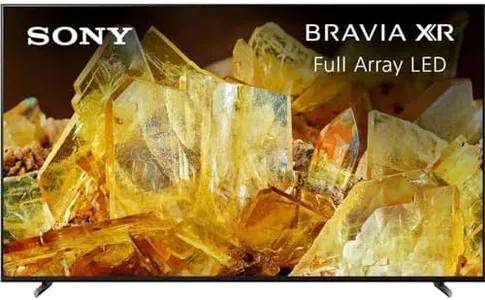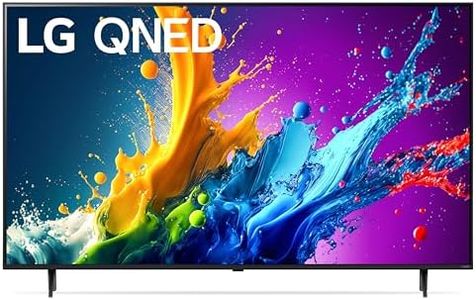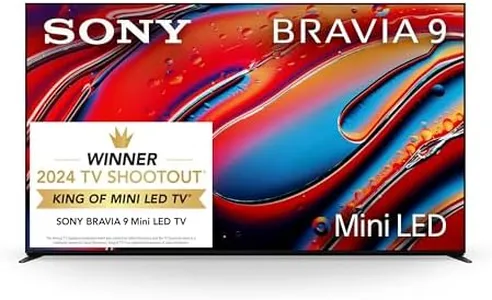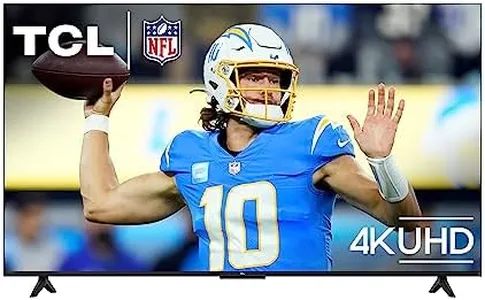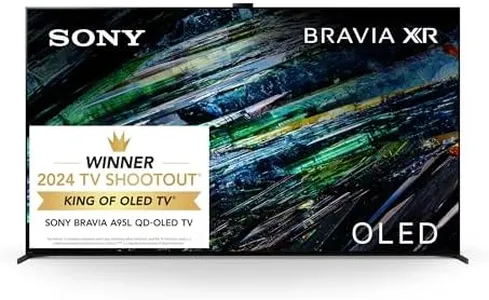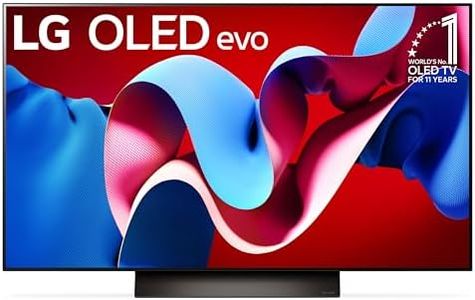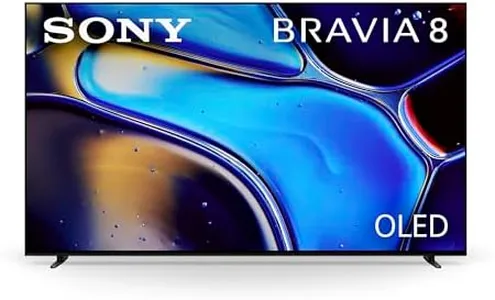We Use CookiesWe use cookies to enhance the security, performance,
functionality and for analytical and promotional activities. By continuing to browse this site you
are agreeing to our privacy policy
10 Best Smart Tvs
From leading brands and best sellers available on the web.Buying Guide for the Best Smart Tvs
Choosing a smart TV can feel overwhelming with so many options and features available. The key is to focus on what matters most for your viewing habits and living space. Think about the size of your room, what you like to watch, and how you plan to use your TV—whether it's for streaming, gaming, or just regular TV shows. Understanding the main specifications will help you make a choice that fits your needs and ensures you get the best experience for your home.Screen SizeScreen size refers to the diagonal measurement of the TV screen, usually in inches. This is important because it affects how immersive your viewing experience will be and how well the TV fits in your space. Smaller screens (32-43 inches) are good for bedrooms or kitchens, while medium screens (50-65 inches) suit most living rooms. Larger screens (70 inches and above) are best for big rooms or home theaters. To pick the right size, consider how far you'll sit from the TV—generally, the bigger the room and the farther you sit, the larger the screen you can enjoy comfortably.
ResolutionResolution is the number of pixels that make up the picture on the screen, which affects how sharp and clear the image looks. Common resolutions are HD (720p), Full HD (1080p), 4K (Ultra HD), and 8K. HD and Full HD are suitable for smaller screens or casual viewing, while 4K is now the standard for most new TVs and offers much better detail, especially on larger screens. 8K is the highest but is only useful if you want the absolute best and have access to 8K content. For most people, 4K is the sweet spot for a sharp, future-proof picture.
Smart TV PlatformThe smart TV platform is the operating system that runs the TV and provides access to apps and streaming services. Popular platforms include Android TV, webOS, Tizen, and Roku TV. This is important because it affects how easy it is to use the TV, what apps you can access, and how often the TV gets updates. Some platforms have more apps and better voice control, while others are simpler and more user-friendly. Think about which streaming services you use most and check if the TV supports them, and consider if you prefer a simple interface or more advanced features.
HDR (High Dynamic Range)HDR stands for High Dynamic Range, which improves the contrast and color of the picture, making bright areas brighter and dark areas darker. This is important for a more lifelike and vibrant image, especially when watching movies or shows that support HDR. There are different types of HDR, like HDR10, Dolby Vision, and HLG. Basic HDR (HDR10) is common and good for most users, while Dolby Vision offers even better quality if you want the best possible picture and watch a lot of HDR content. If you care about picture quality, look for a TV with good HDR support.
Refresh RateRefresh rate is how many times per second the TV updates the image, measured in Hertz (Hz). A higher refresh rate means smoother motion, which is important for fast-moving content like sports or gaming. Most TVs have either 60Hz or 120Hz refresh rates. 60Hz is fine for regular TV and movies, while 120Hz is better for sports fans and gamers who want smoother action. If you mostly watch movies and shows, 60Hz is enough, but if you play video games or watch a lot of sports, consider a higher refresh rate.
Connectivity (HDMI, USB, Wi-Fi, Bluetooth)Connectivity refers to the ports and wireless options available on the TV, such as HDMI, USB, Wi-Fi, and Bluetooth. This is important for connecting devices like game consoles, soundbars, streaming sticks, or external drives. More HDMI ports are useful if you have several devices, and USB ports let you play media from drives. Built-in Wi-Fi is standard for streaming, and Bluetooth is handy for wireless headphones or speakers. Think about what devices you want to connect and make sure the TV has enough ports and the right wireless features for your needs.
Audio QualityAudio quality refers to how good the TV's built-in speakers sound. While most TVs have basic speakers, some offer better sound with features like Dolby Atmos or enhanced bass. This is important if you want clear dialogue and immersive sound without buying a separate sound system. For casual viewing, standard speakers are fine, but if you care about sound or watch a lot of movies, look for TVs with better audio features or plan to add a soundbar.
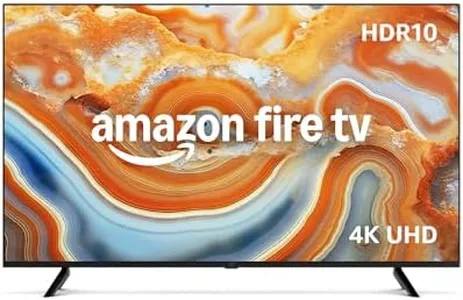
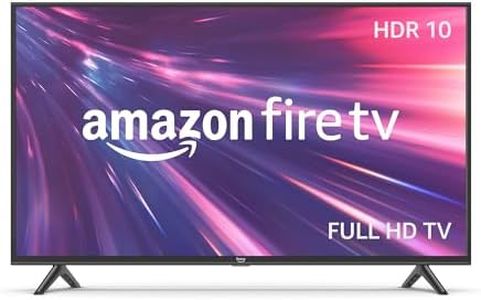


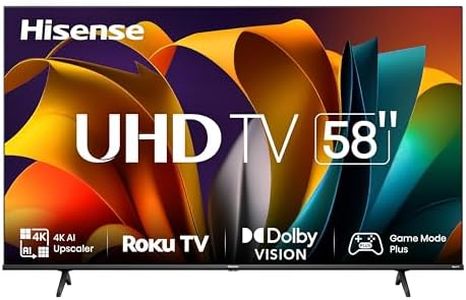
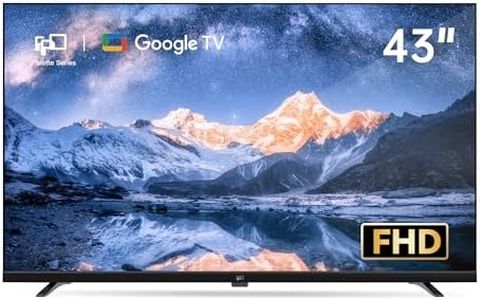
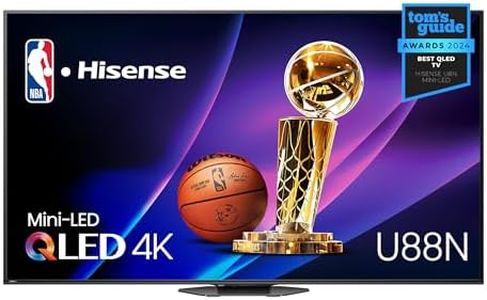
![SAMSUNG 55-Inch QLED 4K Q60D Series Quantum HDR, Q-Symphony, Motion Xcelerator, Gaming Hub, Smart TV - [QN55Q60DAFXZC] [Canada Version] (2024)](https://images-proxy.bestreviews.guide/zWD6sxdR-Rdlbx45XGMAX8LtBAI=/0x300/https://m.media-amazon.com/images/I/51u5YR8rArL._AC_CX679_.jpg)
